4 Nights / 5 Days
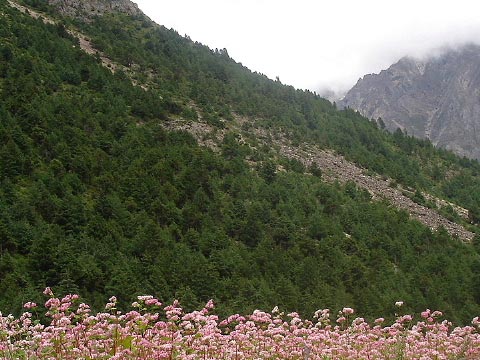
Overview
Best described by Dr. Gaston ,No one could reach the high meadows of Tirth or Dhel and be unmoved by the clearness of the air, the great vista of the peaks, and the sense of freedom that come with leaving behind all artificial light, all mechanical transport, all trace of industrial civilization.
Located in the state of Himachal Pradesh, the Great Himalayan National Park has been described as Undoubtedly, the most pristine mountain landscape in the Western Himalayas.” Its unique biodiversity received recognition as a UNESCO World Heritage Site, and has also been identified as one of the five centers of plant diversity and endemism in India by the World Conservation Monitoring Center. On the trek, the trails leading to the park initially pass through subtropical pine forests. They rise toward the dense coniferous and mixed deciduous woods of the temperate zone, which you enter at about 5,905 feet. In summer, the spreading canopy of green and silver oaks and horse chestnuts provides welcome relief from the sun. Above this zonecool-temperate forests of fir and spruce occur on northerly slopes. And above that the forests grade gently into a sub-alpine zone of birches and rhododendrons, diminishing in size as the tree line is approached. Over 9,800 – 10,500 feet, we find alpine meadows, splashed with a great variety of flowers and higher again, is the realm of rock and ice that rules the high peaks and ridges. At GHNP, there are numerous habitats for exploration: from lush forests of oak, conifer, and bamboo, to gentle alpine meadows; from swift flowing rivers to high elevation glaciers. The terrain and geology are diverse. If one is lucky, there are opportunities to observe endangered species of the Western Himalayas in their natural habitat- Western Tragopan, Himalayan Brown Bear, Himalayan Tahr, Ibex, and the extremely elusive Snow Leopard. Undisturbed by rampant tourism and with authentic interactions with remote communities, a trek in this region is a true ‘Into the Wild’ experience.
As you ll arrive in morning from Delhi, our staff member will pick you up from about 70 kmsbefore Manali, from a place called as Aut, a small town on the bank of river Beas. From Aut we ll drive towards Neuli(2 hrs appx.) which will act as the base camp 1 near the office of The Great Himalayan National Park. Overnight stay at Neuli. Dinner will be followed by a small Briefing sesson.
After a sumptuous breakfast we ll move towards village Lapah. A small distance will be covered by the car and then we hike for about 4- 5 hours to reach Lapah.All along the route, there is a profusion of wild herbs, plants, and a variety of bird species, including the beautiful Himalayan Monal. Today’s trek to Lapah takes you to the border of the Ecozone of the park, just before entering the core park zone. Lapah village is a photographer’s delight, with its beautiful location nestled between towering peaks and dense forests, and home to a small remote community of Shepherds who have been its inhabitants for centuries.Overnightstay at the camp.
Lapah is a small village which lies on the way to Dhel. From Lapah it will takeatleast 5 hrs for us to reach the Dhel meadow. This will be one of the hardest days of the journey. With relentless forays down to the valleys and up again over a few minor hills, it makes for some serious climbing. The ascent is through dense forest, walnut trees, and a variety of medicinal herbs. This is a chance to spot the highly endangered Monal Pheasant and the Western Tragopan, and great mountain vistas provide ample opportunities for observing wildlife. Overnight stay at the camp.
The rolling alpine meadows of Dhel are a trekker’s delight, with views of snowbound peaks exceeding 19,685 feet, a profusion of wild orchids and herbs, and one of the best opportunities to spot the Himalayan Brown Bear, Musk Deer, and bird life. Descent down to Shaakti village making your way through alpine vegetation. The hike is relatively short and won’t take more than 6 hours to reach Shaakti. Camp overnight at Shaakti.
Make your way to the road-head in the Sainj valley. A path still frequented by a few local villagers leads along the Sainj River to Niharni. It takes about 4-5 hours to get here and the path traverses through mixed forests. Trek ends here at Niharni (Dengapull), where the cab will wait for us.Evening time departure back to Delhi.
Himachal Pradesh, known as the land of Gods, attracts travelers from all parts of the country and abroad with its majestic snow-capped hills, lush green valleys, serpentine roads, and perennially flowing rivers. The tourism industry of this state has seen a boom in the past few years. To cater the increasing demand in the Himachal Pradesh tourism, Mr. Vijay Kumar established Himalayan Gaddis Adventure in 2018. Read More...
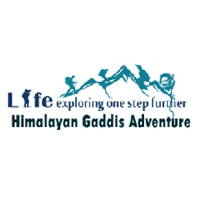
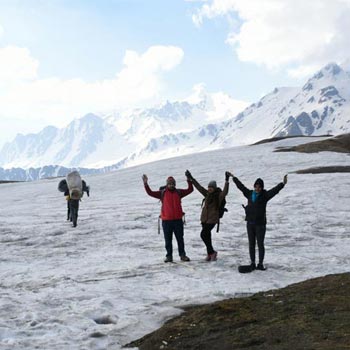 6D/5N
6D/5N
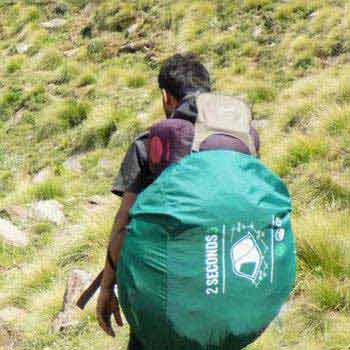 3D/2N
3D/2N
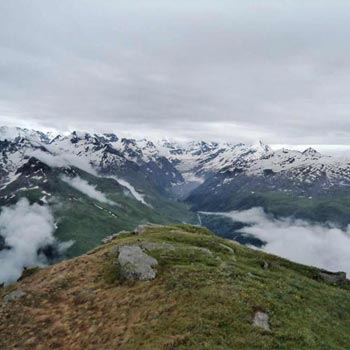 3D/2N
3D/2N
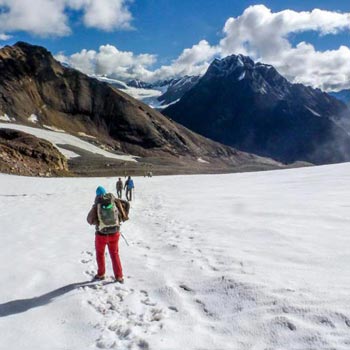 11D/10N
11D/10N
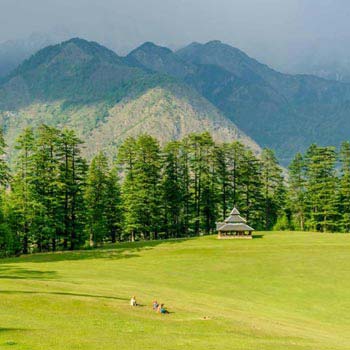 7D/6N
7D/6N
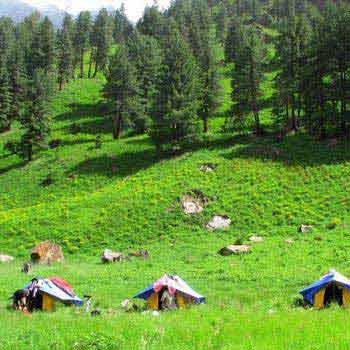 3D/2N
3D/2N
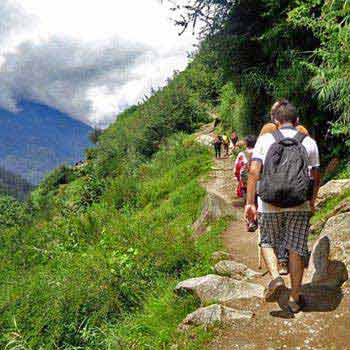 3D/2N
3D/2N
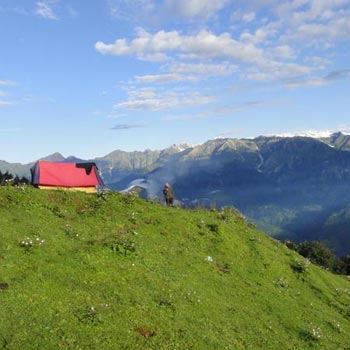 5D/4N
5D/4N
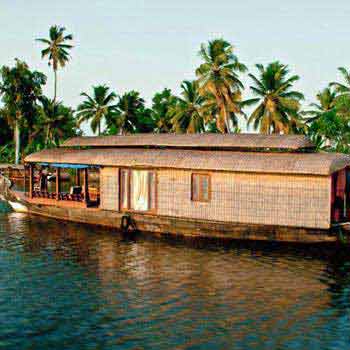 5D/4N
5D/4N
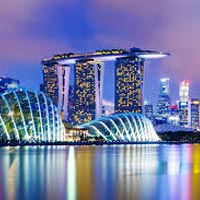 5D/4N
5D/4N
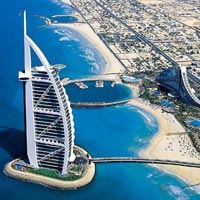 5D/4N
5D/4N
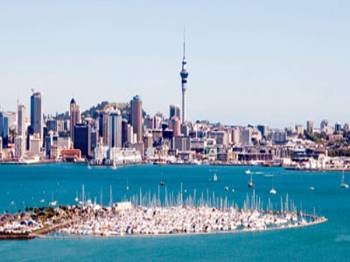 5D/4N
5D/4N
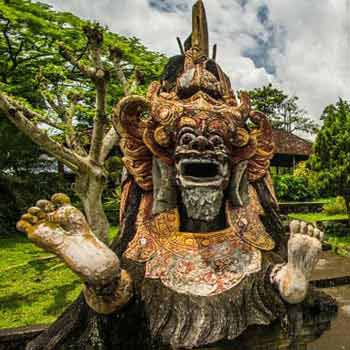 5D/4N
5D/4N
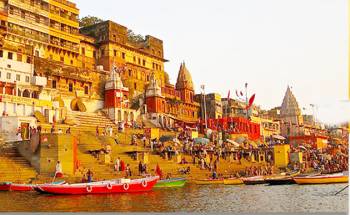 5D/4N
5D/4N
 5D/4N
5D/4N
 5D/4N
5D/4N
 5D/4N
5D/4N
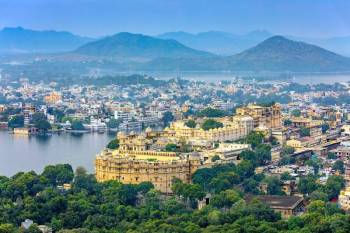 12D/11N
12D/11N
11 Nights 12 Days - Delhi Agra Rajasthan
New Delhi - Mathura - Agra - Jaipur - Ajmer - Pushkar - Udaipur - Mount Abu - Ranak..
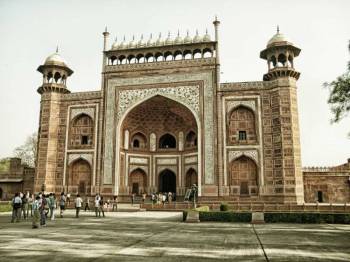 11D/10N
11D/10N
10 Nights Uttar Pradesh Tour Package Fro..
New Delhi - Agra - Prayagraj - Lucknow - Mathura - Varanasi - Ayodhya - Vrindavan -..
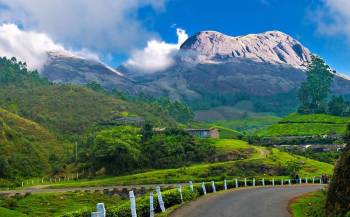 4D/3N
4D/3N
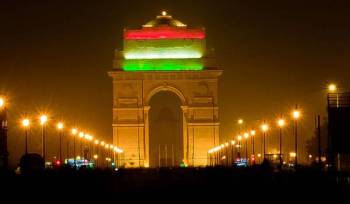 5D/4N
5D/4N
Delhi - Mathura - Vrindavan - Agra Tour ..
New Delhi - Agra - Mathura - Vrindavan
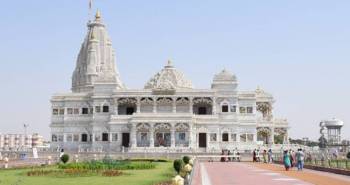 5D/4N
5D/4N
Golden Triangle Tour With Mathura 4 Nigh..
New Delhi - Jaipur - Agra - Mathura
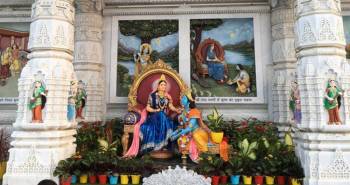 5D/4N
5D/4N
 5D/4N
5D/4N
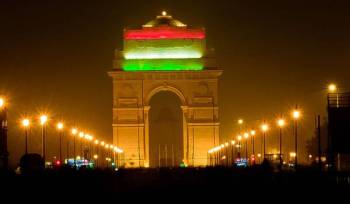 5D/4N
5D/4N
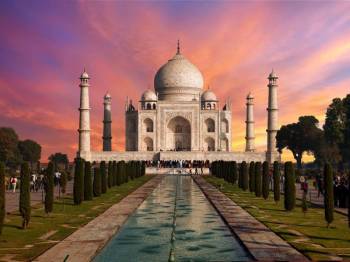 5D/4N
5D/4N